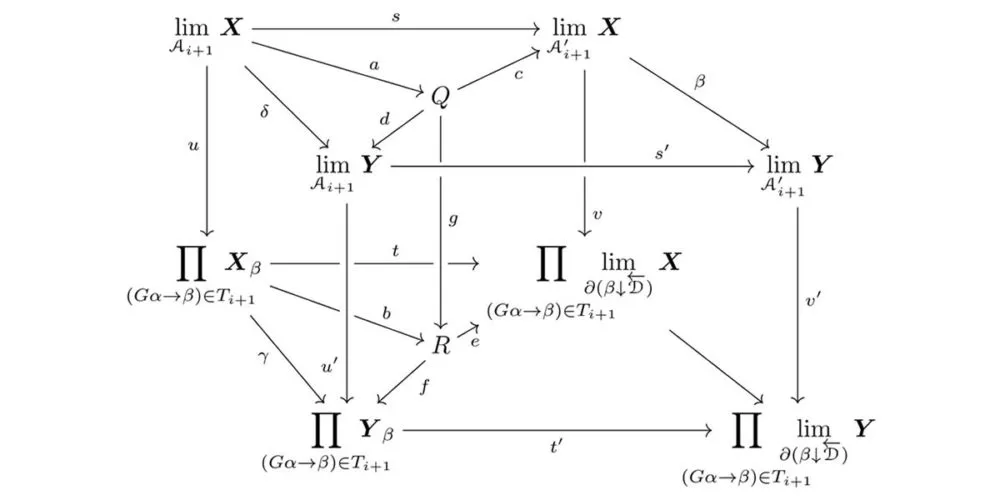Must the morphisms of the category be structure-preserving?I found something different in a textbook.
My question: It is well known that morphisms between the objects of the category are structure-preserving, but I found that in a textbook it said that morphisms are often structure-preserving. Does this mean that there can be a morphism that is not structure-preserving?
Answer 1: A category doesn't have to consist of sets with some additional structure and maps between those preserving the structure.
Examples for categories that are not of this kind are:
- Given any group $G$, we can form a category with one object $*$ and for each $g\in G$ a morphism $\varphi_g\colon *\to *$, where composition of morphisms is defined via the group operation and $\operatorname{id}_* = \varphi_{e}$ for $e\in G$ the identity element.
- Given a poset $(P,\le)$ we can form a category with set of objects $P$ and exactly one morphism $x\to y$ for each $x,y\in P$ with $x\le y$.
- The homotopy category of topological spaces, where the objects are topological spaces and a morphism $X\to Y$ is a homotopy class $[f]$ of a continuous map $f\colon X\to Y$.
Answer 2: I think the issue begins here:
It is well known that morphisms between the objects of the category are structure-preserving
This is not the case. The notion of a category generalises the notion of 'sets-with-structure and structure-preserving functions', such as groups and homomorphisms, or topological spaces and continuous maps.
But the extent of the generality is extreme: the objects of a category need not even be sets, and the morphisms of a category need not be functions.
For example, every monoid can be considered as a one-object category, where the elements of the monoid are the morphisms from the single object to itself. In this case, the 'object' is just a placeholder—it has no notion of 'structure'—and the morphisms are certainly not functions (in general).
Categories that 'look like' sets-with-structure and structure-preserving morphisms are called concrete categories. What this means is that the category $\mathcal{C}$ comes equipped with a faithful functor $U : \mathcal{C} \to \mathbf{Set}$. An object $A$ of $\mathcal{C}$ can be thought of has having 'underlying set' $U(A)$, and a morphism $f : A \to B$ can be thought of as having 'underlying function' $U(f) : U(A) \to U(B)$. However, concrete categories are still more general than sets-with-structure and structure-preserving morphisms. There may not actually be any structure to speak of.
This question was asked on MathStackExchange on February 19, 2019. At that time, I was in high school and had to balance the college entrance examination and interest. So I didn't have much time to study mathematics, and my math level at that time was not satisfactory, but I couldn't do anything about it.
0 人喜欢
There is no comment, let's add the first one.

